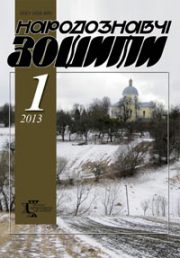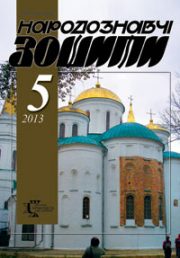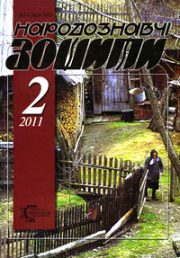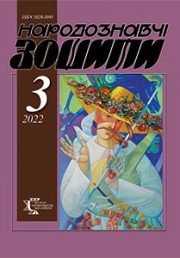The Ethnology Notebooks. 2017, 6 (138), 1536—1541
UDK 75.041.071.1(477) “19/20″В. Zabashta
DOI https://doi.org/10.15407/nz2017.06.1536
Received 31.10.2017
THE PORTRAIT GENRE IN VASYL ZABASHTA`S ARTISTIC HERITAGE
Lohynskyi Yaroslav Volodymyrovych, artist, teacher
at the Department of Drawing
of the M.Boychuk Kyiv State Institute of Decorative and Applied Arts and Design
Boychuk Str., 32, Kyiv, 01103, Ukraine
Contacts: Tel. (044) 2855005; e-mail: kdidpdm@boychukart.kiev.ua
Abstract. The article deals with one of the genres of the famous Ukrainian artist Vasyl Ivanovych Zabashta’s painting heritage (1918—2016). The author’s concept of man is presented in the dynamics of formation and development of the artist’s creative methodology, through the prism of his connections with the familyhome sphere, professional academic education, the role of ideological factors of totalitarian time. Special attention is drawn to the formallyshaped aspect of portrait works, in particular on the color factor as one of the key in the artist’s professional methodology. The most significant V. Zabashta’s works of the corresponding genre are being analyzed.
Keywords: Vasyl Zabashta, fine arts, genretype system, portrait, author’s methodology, formallyexpressive means, concept of color, composition, harmony, contrast.
REFERENCES
Zabashta, V. (2009). Svit ochyma khudozhnyka. In R. Zabashta (Ed.), Vasyl’ Zabashta. Kyiv: Majsternia knyhy. [in Ukrainian]
Koval’chuk, O. (2013). Sotsial’nopolitychni chynnyky vplyvu na ukrains’ku akademichnu khudozhniu osvitu v konteksti istorii NAOMA druhoi polovyny XX — pochatku XXI stolittia. Mystets’ki obrii’2013: Aktual’ni problemy mystets’koi praktyky i mystetstvoznavchoi nauky, 5(16), 316—320). [in Ukrainian]







